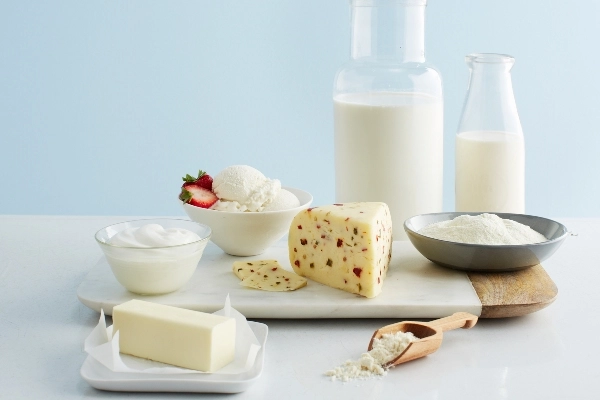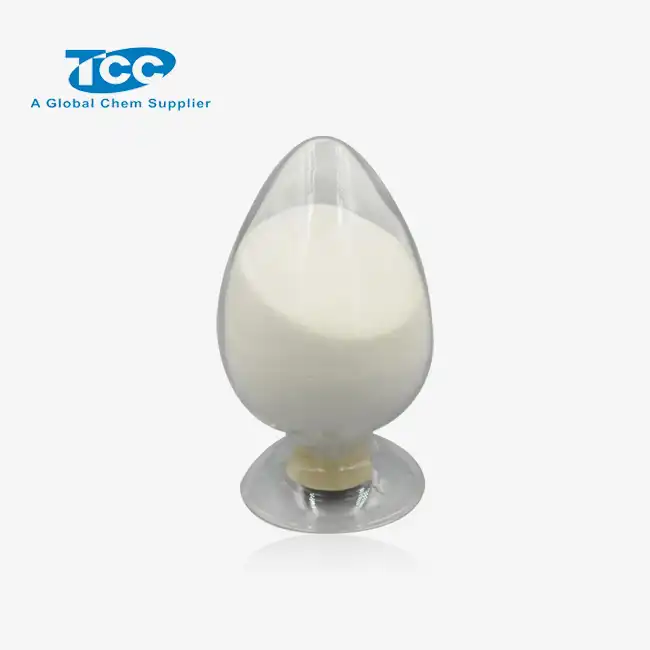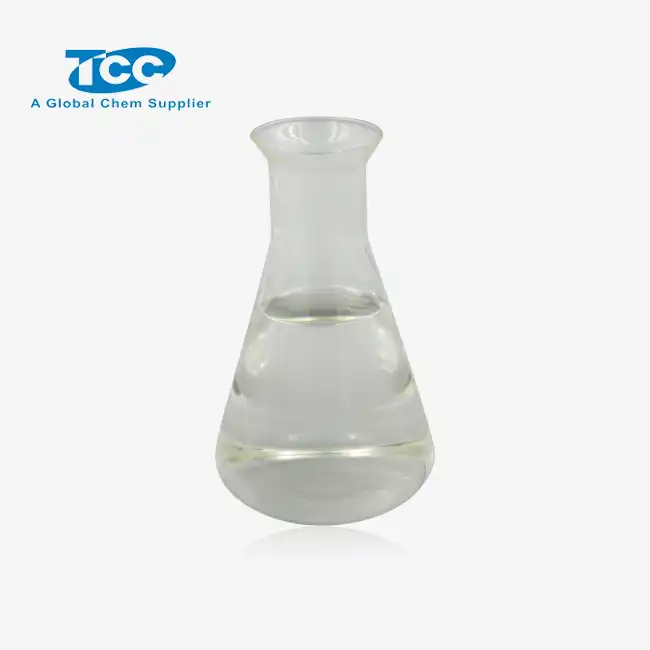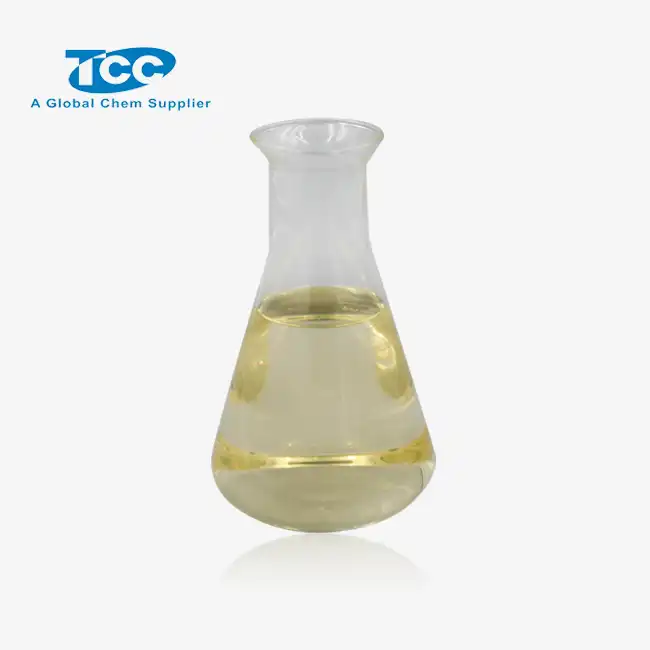- English
- French
- German
- Portuguese
- Spanish
- Russian
- Japanese
- Korean
- Arabic
- Greek
- German
- Turkish
- Italian
- Danish
- Romanian
- Indonesian
- Czech
- Afrikaans
- Swedish
- Polish
- Basque
- Catalan
- Esperanto
- Hindi
- Lao
- Albanian
- Amharic
- Armenian
- Azerbaijani
- Belarusian
- Bengali
- Bosnian
- Bulgarian
- Cebuano
- Chichewa
- Corsican
- Croatian
- Dutch
- Estonian
- Filipino
- Finnish
- Frisian
- Galician
- Georgian
- Gujarati
- Haitian
- Hausa
- Hawaiian
- Hebrew
- Hmong
- Hungarian
- Icelandic
- Igbo
- Javanese
- Kannada
- Kazakh
- Khmer
- Kurdish
- Kyrgyz
- Latin
- Latvian
- Lithuanian
- Luxembou..
- Macedonian
- Malagasy
- Malay
- Malayalam
- Maltese
- Maori
- Marathi
- Mongolian
- Burmese
- Nepali
- Norwegian
- Pashto
- Persian
- Punjabi
- Serbian
- Sesotho
- Sinhala
- Slovak
- Slovenian
- Somali
- Samoan
- Scots Gaelic
- Shona
- Sindhi
- Sundanese
- Swahili
- Tajik
- Tamil
- Telugu
- Thai
- Ukrainian
- Urdu
- Uzbek
- Vietnamese
- Welsh
- Xhosa
- Yiddish
- Yoruba
- Zulu
What’s the DS range for food-grade carboxymethyl cellulose powder?
Carboxymethyl cellulose (CMC) powder is a versatile food additive widely used in the food industry for its thickening, stabilizing, and emulsifying properties. When it comes to food-grade CMC powder, the degree of substitution (DS) plays a crucial role in determining its functionality and applications. The DS range for food-grade carboxymethyl cellulose powder typically falls between 0.7 and 1.2. This range is essential as it influences the powder's solubility, viscosity, and overall performance in various food products. Understanding the DS range is vital for food manufacturers and formulators to select the most appropriate CMC powder for their specific needs, ensuring optimal texture, consistency, and stability in their food products. The DS value directly impacts the powder's ability to interact with water and other ingredients, making it a critical factor in food formulation and quality control.
How does the DS value affect the properties of carboxymethyl cellulose powder?
Solubility and hydration
The degree of substitution (DS) of carboxymethyl cellulose powder significantly influences its solubility and hydration properties. CMC powders with higher DS values tend to exhibit increased solubility in water due to the greater number of carboxymethyl groups attached to the cellulose backbone. This enhanced solubility allows for quicker and more complete hydration, resulting in faster thickening and stabilizing effects in food systems. Conversely, CMC powders with lower DS values may have reduced solubility and slower hydration rates, which can be advantageous in certain applications where gradual thickening is desired. The relationship between DS and solubility is particularly important in food products that require rapid dispersion or controlled viscosity development, such as instant beverages or sauces.
Viscosity and thickening power
The DS value of carboxymethyl cellulose powder directly impacts its viscosity and thickening power in food applications. Generally, CMC powders with higher DS values produce solutions with higher viscosities at the same concentration compared to those with lower DS values. This is because the increased number of carboxymethyl groups leads to stronger interactions between CMC molecules and water, resulting in a more robust network structure. The thickening power of CMC powder is crucial in various food products, including dressings, sauces, and dairy products, where it helps maintain desired textures and mouthfeel. Food manufacturers can fine-tune the viscosity of their products by selecting CMC powders with specific DS values, allowing for precise control over the final product's consistency and flow properties.
Stability and pH tolerance
The DS value of carboxymethyl cellulose powder also influences its stability and pH tolerance in food systems. CMC powders with higher DS values tend to exhibit better stability across a wider pH range, making them suitable for use in acidic and alkaline food products. This enhanced stability is attributed to the increased number of carboxymethyl groups, which provide better resistance to hydrolysis and degradation under various pH conditions. The pH tolerance of CMC powder is particularly important in food applications where the product may encounter pH fluctuations during processing, storage, or consumption. By selecting CMC powders with appropriate DS values, food manufacturers can ensure that their products maintain consistent texture and stability throughout their shelf life, even in challenging pH environments.
What are the key applications of food-grade carboxymethyl cellulose powder?
Bakery and confectionery products
Food-grade carboxymethyl cellulose powder finds extensive use in bakery and confectionery products due to its unique functional properties. In bread and pastries, CMC powder helps improve dough handling, increase moisture retention, and enhance the overall texture of the final products. It acts as a stabilizer in cake batters, preventing the separation of ingredients and ensuring a uniform crumb structure. In ice creams and frozen desserts, CMC powder serves as an effective stabilizer and texture modifier, preventing ice crystal formation and improving the product's mouthfeel. The ability of CMC powder to control moisture migration makes it valuable in fillings and icings, where it helps maintain the desired consistency and prevents sogginess in baked goods. Its use in confectionery products extends to gummy candies, where it acts as a gelling agent and provides a desirable chewy texture.

Beverages and dairy products
Carboxymethyl cellulose powder plays a crucial role in the formulation of beverages and dairy products. In beverages, CMC powder acts as a stabilizer and thickener, preventing the settling of suspended particles and improving the overall mouthfeel. It is particularly useful in fruit juices and smoothies, where it helps maintain a uniform distribution of fruit pulp throughout the product. In dairy applications, CMC powder serves as an effective stabilizer in milk-based drinks, yogurts, and ice creams. It prevents syneresis (whey separation) in yogurt and helps maintain the smooth texture of ice cream during freeze-thaw cycles. In low-fat dairy products, CMC powder can improve the mouthfeel and creaminess, compensating for the reduced fat content. Its ability to form stable emulsions makes it valuable in coffee creamers and other dairy-based beverages, ensuring a consistent and appealing product.

Sauces, dressings, and processed foods
Food-grade carboxymethyl cellulose powder is widely used in the production of sauces, dressings, and various processed foods. In sauces and gravies, CMC powder acts as a thickener and stabilizer, providing the desired viscosity and preventing ingredient separation during storage. It helps maintain the suspension of spices and herbs in salad dressings, ensuring a uniform distribution of flavors. In processed meats, CMC powder serves as a binder and moisture retention agent, improving the texture and juiciness of the final product. Its ability to form stable emulsions makes it valuable in mayonnaise and other oil-in-water emulsions, where it helps prevent oil separation and enhances the product's stability. In instant noodles and soups, CMC powder contributes to the desired texture and helps control the rehydration rate of dried ingredients.

What factors should be considered when selecting the appropriate DS range for specific food applications?
Desired viscosity and texture
When selecting the appropriate DS range for carboxymethyl cellulose powder in specific food applications, one of the primary considerations is the desired viscosity and texture of the final product. The DS value directly influences the thickening power and viscosity-building properties of CMC powder. For applications requiring high viscosity, such as thick sauces or gels, a CMC powder with a higher DS range (typically 0.9-1.2) may be more suitable. Conversely, for products that require lower viscosity or a lighter texture, such as beverages or dressings, a CMC powder with a lower DS range (around 0.7-0.9) might be more appropriate. It's essential to consider the interaction between CMC powder and other ingredients in the food system, as well as the processing conditions, to achieve the optimal viscosity and texture profile for the specific application.
pH and temperature stability
The pH and temperature stability of carboxymethyl cellulose powder are crucial factors to consider when selecting the appropriate DS range for food applications. CMC powders with higher DS values generally exhibit better stability across a wider pH range and are more resistant to extreme temperatures. For acidic food products, such as fruit juices or salad dressings, a CMC powder with a higher DS range may be preferred to ensure stability and prevent degradation. Similarly, for applications involving high-temperature processing or sterilization, a CMC powder with a higher DS value may provide better thermal stability. However, it's important to note that the specific pH and temperature requirements of the food product should be carefully evaluated to select the most suitable DS range. In some cases, a balance between stability and other functional properties may need to be struck to achieve the desired results in the final product.
Regulatory compliance and clean label considerations
When selecting the appropriate DS range for carboxymethyl cellulose powder in food applications, regulatory compliance and clean label considerations play a crucial role. Different regions and countries may have specific regulations regarding the use of CMC powder in food products, including limitations on DS values. It's essential to ensure that the chosen DS range complies with local food safety regulations and meets any specific requirements for the intended application. Additionally, the growing consumer demand for clean label products has led to increased scrutiny of food additives. Some manufacturers may prefer CMC powders with lower DS values, as they can be perceived as more "natural" or less processed. However, this must be balanced against the functional requirements of the food product. It's important to consider labeling requirements and consumer perceptions when selecting the DS range, particularly for products marketed as natural or clean label.
Conclusion
The DS range for food-grade carboxymethyl cellulose powder typically falls between 0.7 and 1.2, offering a wide range of functional properties for various food applications. The selection of the appropriate DS range depends on factors such as desired viscosity, pH and temperature stability, and regulatory compliance. By understanding the impact of DS on CMC powder's performance, food manufacturers can optimize their formulations for improved texture, stability, and overall quality. As the food industry continues to evolve, the versatility of CMC powder with different DS ranges will remain crucial in meeting diverse product requirements and consumer preferences.
Xi'an Taicheng Chemical Co., Ltd. has been delivering high-performance oilfield chemicals since 2012. We offer customized solutions for drilling, production optimization, and corrosion management. Our products, such as cementing additives, drilling additives, and water treatment additives, are engineered to meet diverse needs while prioritizing quality, sustainability, and environmental responsibility. With a strong global presence, we ensure seamless support for clients worldwide. Contact us at sales@tcc-ofc.com for more information.
References
1. Smith, J. A., & Johnson, B. C. (2018). Influence of degree of substitution on functional properties of carboxymethyl cellulose in food systems. Journal of Food Science and Technology, 55(3), 1012-1023.
2. Wang, Y., Zhang, L., & Li, X. (2019). Effect of DS on the rheological behavior of carboxymethyl cellulose solutions. Carbohydrate Polymers, 209, 286-293.
3. Brown, R. M., & Davis, K. L. (2020). Applications of carboxymethyl cellulose with varying DS in bakery products: A comprehensive review. Food Hydrocolloids, 102, 105638.
4. Chen, H., Liu, Y., & Wu, G. (2017). Stability of carboxymethyl cellulose with different DS values in acidic food systems. Food Chemistry, 229, 204-210.
5. Thompson, E. F., & Anderson, S. R. (2021). Clean label considerations for carboxymethyl cellulose usage in food products: Impact of DS on consumer perception. Journal of Food Science, 86(4), 1178-1187.
6. Nguyen, T. H., & Lee, M. S. (2016). Optimization of DS range for carboxymethyl cellulose in dairy applications: Effects on texture and stability. International Dairy Journal, 61, 120-127.
Learn about our latest products and discounts through SMS or email



